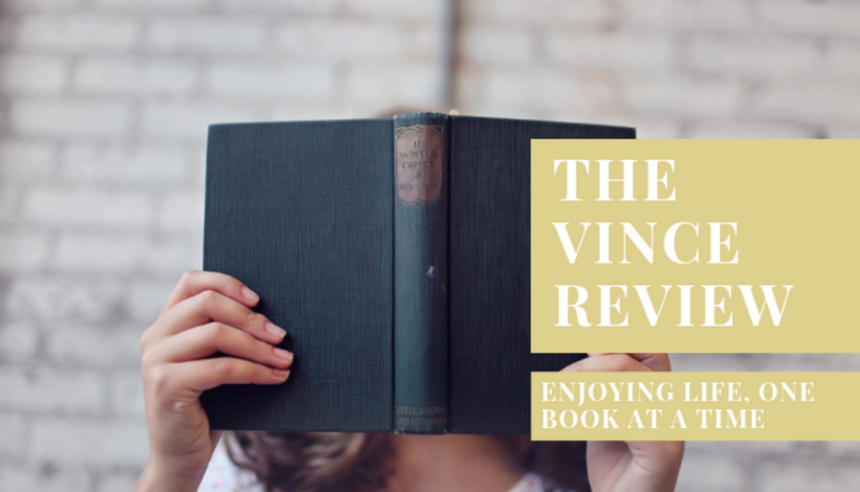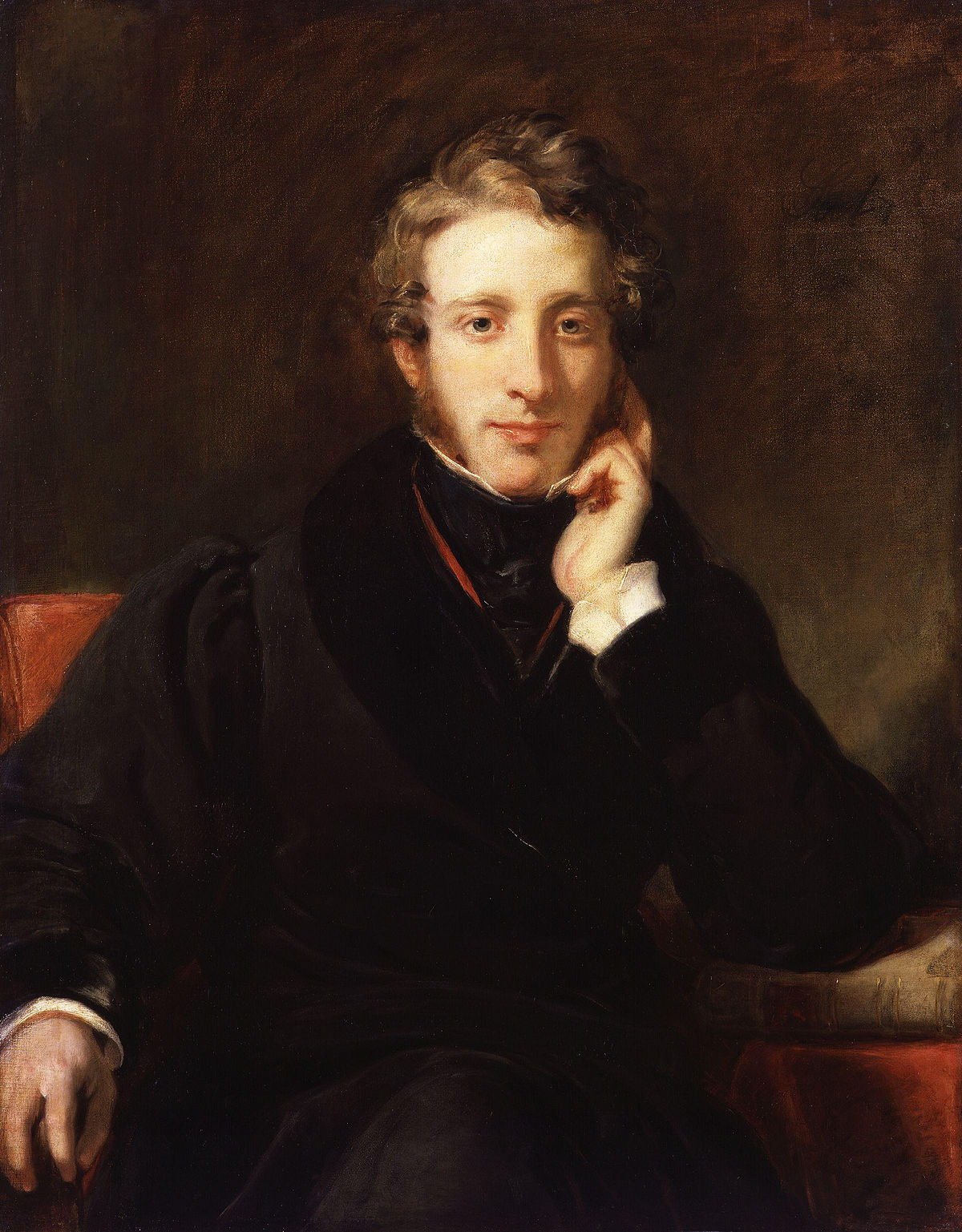Since it was first published in 1948, this compassionate novel has become a favourite with generations of Australian readers.
The Harp in the South is a nostalgic and moving portrait of the eventful family life of the Darcys of Number Twelve-and-a-Half Plymouth Street in Surry Hills, a Sydney slum. There grow the bitter-sweet first and last loves of Roie Darcy, who becomes a woman too quickly amid the brothels and the razor gangs, the tenements and the sly-grog shops.
Ruth Park is a classic storyteller. In this novel she brings to life a community where, despite the odds, life is always exuberant and full of promise.
MY THOUGHTS:
I can't go past these great novels for the Classic about a Family category of this year's Back to the Classics Challenge. I'm talking specifically about Harp in the South and Poor Man's Orange, which were on my English syllabus at High School. They rescued the subject from being a grind and helped me get full marks for my Year 12 exam. Now whenever anybody mentions Australian classics, they spring instantly to mind. It was well and truly time for a summer re-read.
To me, this is the perfect Aussie version of A Tree Grows in Brooklyn. The Darcy family are among the battlers of Irish descent who live in Sydney's Surry Hills in the 1940's. There is no way of eliminating rats, mould and bed bugs without blowing up the whole suburb, and any attempt is like trying to stop a tidal wave with a band-aid. Yet Ruth Park manages to squeeze every bit of beauty possible out of such a sordid setting.
The dad, Hughie, drinks to drown the suspicion that his life is a futile joke. His wife, Mumma, whose Christian name has long been swept aside, manages to keep her loving heart abreast of her rough old world. There was once a little son named Thady, who disappeared without a trace from the front yard when he was six. The two daughters each try in their own way to reconcile their love of romance and truth with their grim environment, and end up realising that to a large extent, they themselves have to be the sensitivity and goodness they seek.
Roie (short for Rowena) is the eldest, and falls for Tommy Mendel, an exotic looking boy with a lame foot and huge chip on his shoulder, and also Charlie Rothe, a tranquil young man who has taught himself to magnify the good that can be found in life. We're told Roie's heart is full of sweet, timid yearning for security, protection and love.
Dolour, the youngest, finds it easy to latch onto uplifting trivia, and has ambitions to excel at school and study her way to a better life. Circumstances, including some serious eye problems, seem to conspire to keep her pinned in her place. In theory those who work hard can surely create the better life they hope for, but Dolour's story helps us question the legitimate truth of that. She is a strong, upright character who really grapples with the fact that a person's background may always stand in the way of their best intentions.
We readers grow to love the Darcy family, and many others who feature in their lives, because it's obvious that Ruth Park is so fond of them herself. The narrator volunteers to do for these Surry Hills dwellers what they can't do for themselves, because they've been denied education and opportunity. That is, she describes their plight eloquently and empathetically. We're told that Roie and Tommy, in their young attraction, 'wanted to say words that were not crude and banal but their imaginations fell flat, unsupported by education and intuition.'
Then later, Hughie lets forth a torrent of self righteous abuse to a man he believes deserves it, but his limited mode of expression does him no favours. The narrator says, 'he didn't have a particularly obscene mind, but the words he used needed adjectival qualifications, so he filled the expressions he knew into the vacant places.' There are many examples of the narrator using her own skill to give the characters a boost, because they simply had no means to.
The bridge between their scruffy, sorry existences and a nobler reality is often provided by those characters who represent their precious Catholic faith. Father Cooley and Sisters Theophilus and Beatrix probably consider themselves hard-working clergy, pouring out their lives as an offering in a rough and thankless neighbourhood. Yet perhaps they never truly realise all their presence means to people like Mrs Darcy and her daughters.
They embody the dignity and beauty of a spiritual world that might be dismissed as mere legend but for their presence. Even though no thanks may be forthcoming, the higher vantage point we get as readers indicates that their sacrifice doesn't fall on barren ground, but is soaked up by people it means the whole world to, giving them a reason to plug on with their own tough lives day after day.
I love these books, notwithstanding some plot jolts we don't foresee which are like kicks in the guts. But romance and loyalty makes us cheer all the louder when they arrive, because they seem that more heroic in such a setting. During a trip to Sydney in recent years, I made sure we drove through Surry Hills especially because of the Darcy family. In the 21st century, it's now the place to be, full of suave, hipster real-estate, and none of those slums. I'd love to see what Hughie, Mumma, Charlie and the girls would make of it.
🌟🌟🌟🌟🌟







